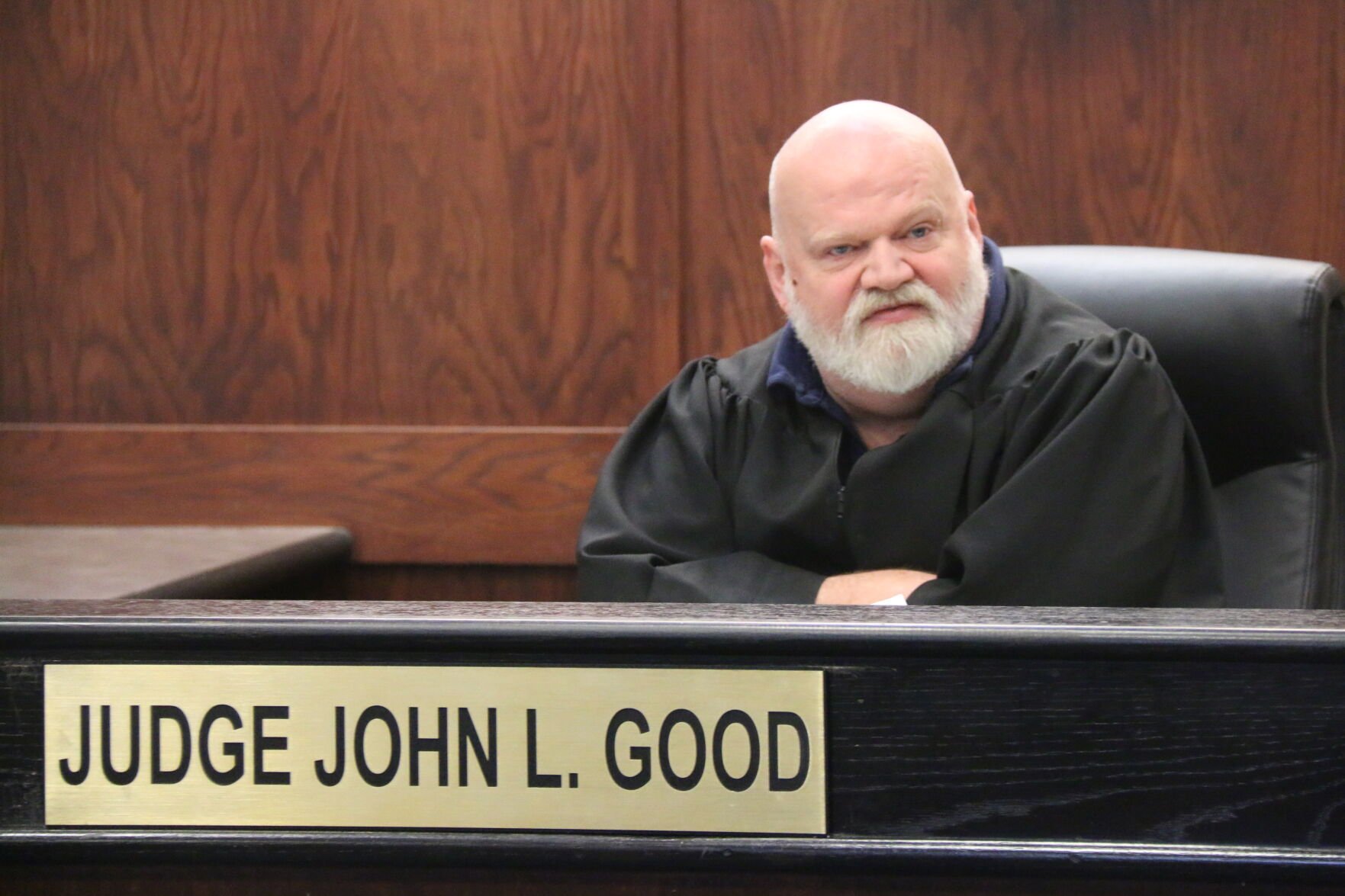ASHLAND — Twenty-six Amish who refused to pay their fines for violating a law that requires flashing lights on their buggies appeared in court on Friday.
Once there, Ashland Municipal Court Judge John Good ruled out the possibility of jail time for them and instead said he would impose liens on their real estate.



Simply not true. Deer have a top speed when they run. The distance from the tree line to the road, divided by a deer’s sprinting speed, determines how much time you have to stop if a deer heads into your lane at top speed. If your stopping time is longer than that you’re going too fast.
You can control for it by going below that speed. Lower speed, less stopping time.
I grew up in deer country. Tons of deer, every year, and I stopped for unexpected deer dozens of times without hitting any deer.
You are choosing not to take responsibility, based on this lie you’re telling yourself about how it can’t be helped.
A 65mph rural highway may have a 60 ft ROW, making it 23’9" from the trees to the middle of the near lane (30 feet to the center minus 6’3" for a standard 12’6"lane).
A white-tail deer can sprint 35mph, which comes out to just over 50 feet per second. So you have half a second between the trees.
A professional driver on a closed course with new tires and a dry road can control a car braking car at about 32 fpsps (1g). Clearly you’re a perfect driver from what you say. Let’s also assume you have an absolutely perfect reaction time of zero.
So assuming you have superhuman reaction times, the skills of a professional, and all other perfect conditions… you can certainly avoid hitting the deer - so long as you’re driving under 9 mph.